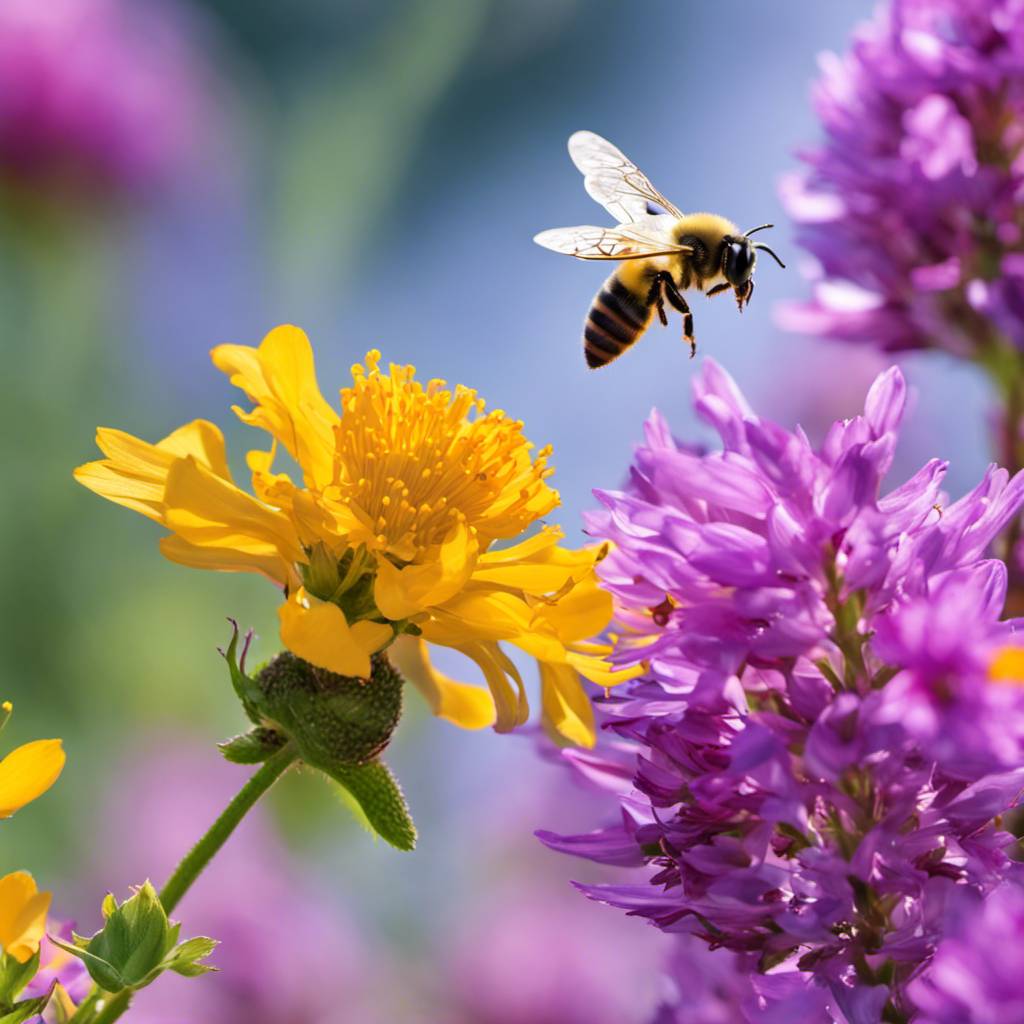In the realm of technological innovation, the world of nature often provides a wealth of inspiration. This is especially true in the field of robotics, where researchers are increasingly turning to the natural world to inform and improve their designs. A prime example of this is the work being done by Dr. Imraan Faruque, a research professor at the College of Engineering, Architecture and Technology. Faruque has been studying bees and their intricate communication and navigation systems, hoping to use these insights to enhance robotics technology.
In 2019, a team of researchers at Oklahoma State University initiated a project to observe and measure large groups of bees using an experimental camera setup. This system allowed them to capture both wide-area, lower-speed footage and high-speed close-ups of individual bees. The insights gleaned from this project have been invaluable in understanding bee behavior and communication.
One of the most significant discoveries made by Faruque and his graduate assistant, Saiful Islam, was related to the efficiency of bee reaction times. Through an experiment where bees were made to chase a motorized hive entrance, they found that bees’ reaction times became more uniform when they were in a group compared to when they were alone. This discovery has sparked new discussions in the research community about swarm cohesion and its potential applications in robotics.
But how exactly does studying bees contribute to advancements in robotics? By understanding and replicating the coordination and communication abilities of bees, researchers can enhance a robot’s capabilities in areas such as search and rescue missions or environmental monitoring. For instance, drones can be programmed to communicate with each other, exchanging information about their locations, obstacles, or targets without human intervention, by using advanced algorithms. However, developing these algorithms and understanding the physics and mechanics behind swarming techniques are complex tasks that require a deep understanding of bee behavior.
Faruque’s research also has implications beyond the realm of robotics. He has collaborated with OSU Facilities Management to create a bee sanctuary on campus. This sanctuary not only allows for the study of bees in a natural environment but also contributes to the preservation of bee populations, which play a crucial role in our ecosystems.
Bees are indispensable pollinators, with approximately 75% of the world’s leading food crops depending on them. The loss of bees could lead to a significant decline in food production, as fewer flowers would be pollinated and consequently, fewer fruits and seeds would be produced. In areas with low bee populations, farmers have had to resort to manually pollinating each flower with a paintbrush – a labor-intensive and inefficient process.
The decline in bee populations is a serious issue, with numbers steadily decreasing since 1962. This has serious implications for our food sources and ecosystems. The new bee sanctuary at OSU is an attempt to combat this decline and provide a safe and flourishing environment for bees.
Faruque’s work is a perfect example of how the study of nature can inform and improve the field of electronics and robotics. By studying bees, he is not only contributing to advancements in robotics but also helping to preserve these essential creatures and the important role they play in our ecosystems. His research is a testament to the interconnectedness of nature and technology, and how understanding one can lead to advancements in the other.
In conclusion, the study of bees offers valuable insights into group dynamics and communication that can be used to improve robotics technology. It’s a fascinating intersection of biology, electronics, computers, and coding, demonstrating how nature can inspire and inform technological innovation. At the same time, this research underscores the importance of preserving our natural world – not just for its own sake, but for the vital role it plays in our food systems and ecosystems.
